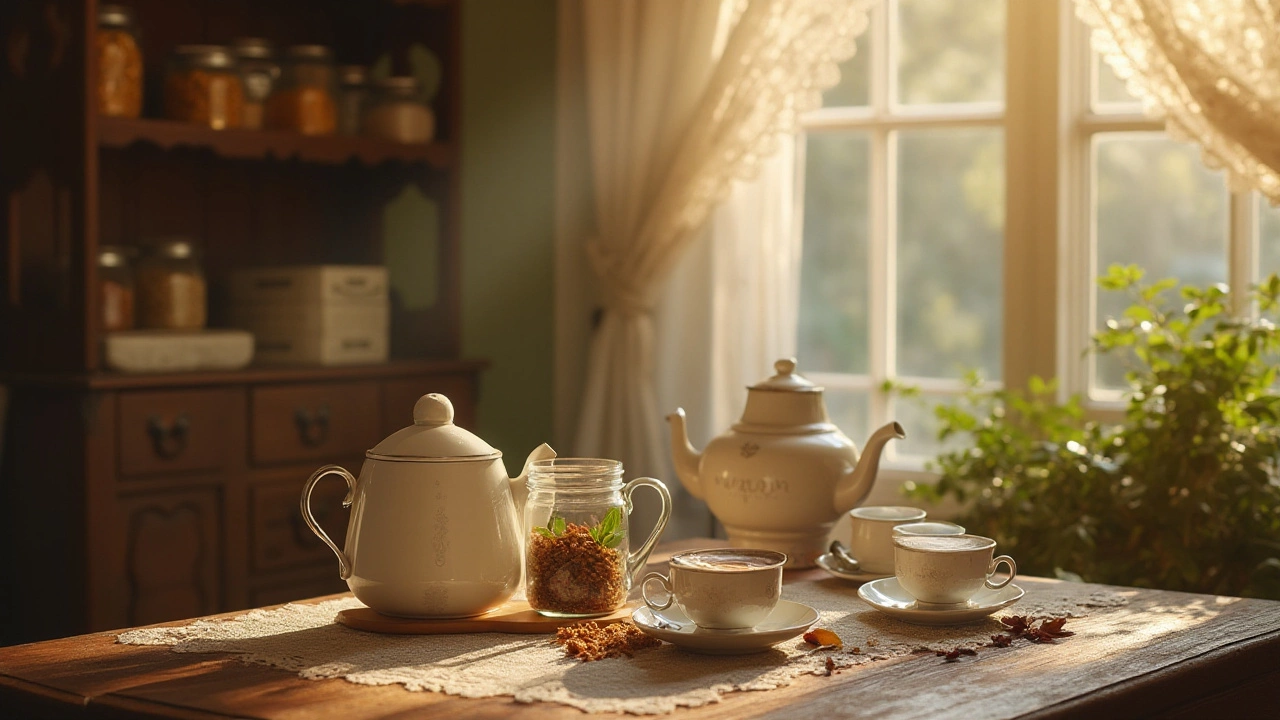Tea Taste: Easy Tips, Pairings and Fun Facts
If you’ve ever wondered how to get the most out of a cuppa, you’re in the right spot. Tasting tea isn’t just for experts – anyone can learn a few quick tricks to notice flavor, aroma and texture. Below we break down the basics, share simple food pairings and sprinkle in a few cool facts that make tea even more interesting.
How to Taste Tea Like a Pro
First, grab a clean cup and pour water that’s just off the boil (around 95 °C for black tea, 80 °C for green). Let the tea steep for the time the label suggests – over‑steeping can make it bitter, under‑steeping leaves it flat.
When the brew is ready, give it a quick sniff. Try to pick out three notes: a fruit scent, a floral hint, and a spice vibe. Don’t overthink it – just pause and let the smell settle.
Take a small sip and let it roll across your tongue. Notice the first impression (sweet, sour, bitter), then the middle body, and finally the after‑taste. Jot down what you sense – a quick note on your phone works fine.
Practice this with a few different teas in one sitting. You’ll start to notice patterns, like how a Darjeeling often smells like muscat grapes while a pu‑erh gives an earthy, woody feel.
Simple Food Pairings for Better Flavor
Pairing food with tea can boost both the drink and the snack. Light bites work best – think crackers, mild cheese, or fresh fruit. Here are three go‑to combos:
- Green tea + sea‑salted almonds: The salt cuts the tea’s astringency and highlights its nutty notes.
- Black tea + dark chocolate: The cocoa’s bitterness mirrors the tea’s bold flavor, creating a balanced bite.
- Herbal tea (like chamomile) + shortbread: The buttery sweetness softens the herb’s floral edge.
Don’t be afraid to experiment. A splash of citrus on a tea can bring out hidden brightness, while a pinch of cinnamon in the brew adds warmth on a chilly day.
Remember to keep the food simple; strong flavors can drown out the tea’s nuances. The goal is to let each element shine without fighting.
Now that you have the basics, try a mini tasting at home. Choose three teas with different colors – white, oolong, and a strong black. Follow the steps above, note the aromas, and match each with a small snack. You’ll be surprised how quickly your palate sharpens.
Enjoy the process, have fun with the pairings, and share your findings with friends. Tasting tea is a social game – the more you try, the more you’ll discover.
If you find yourself not enjoying the taste of tea as you once did, you are not alone. There are numerous reasons why your palate might change over time, from personal health factors to evolving preferences. Whether it's due to changes in your taste receptors or the influence of lifestyle and dietary adjustments, understanding these factors can help regain the joy of tea tasting. Dive into the world of teas with a fresh perspective and learn how to appreciate them again.
View Details
